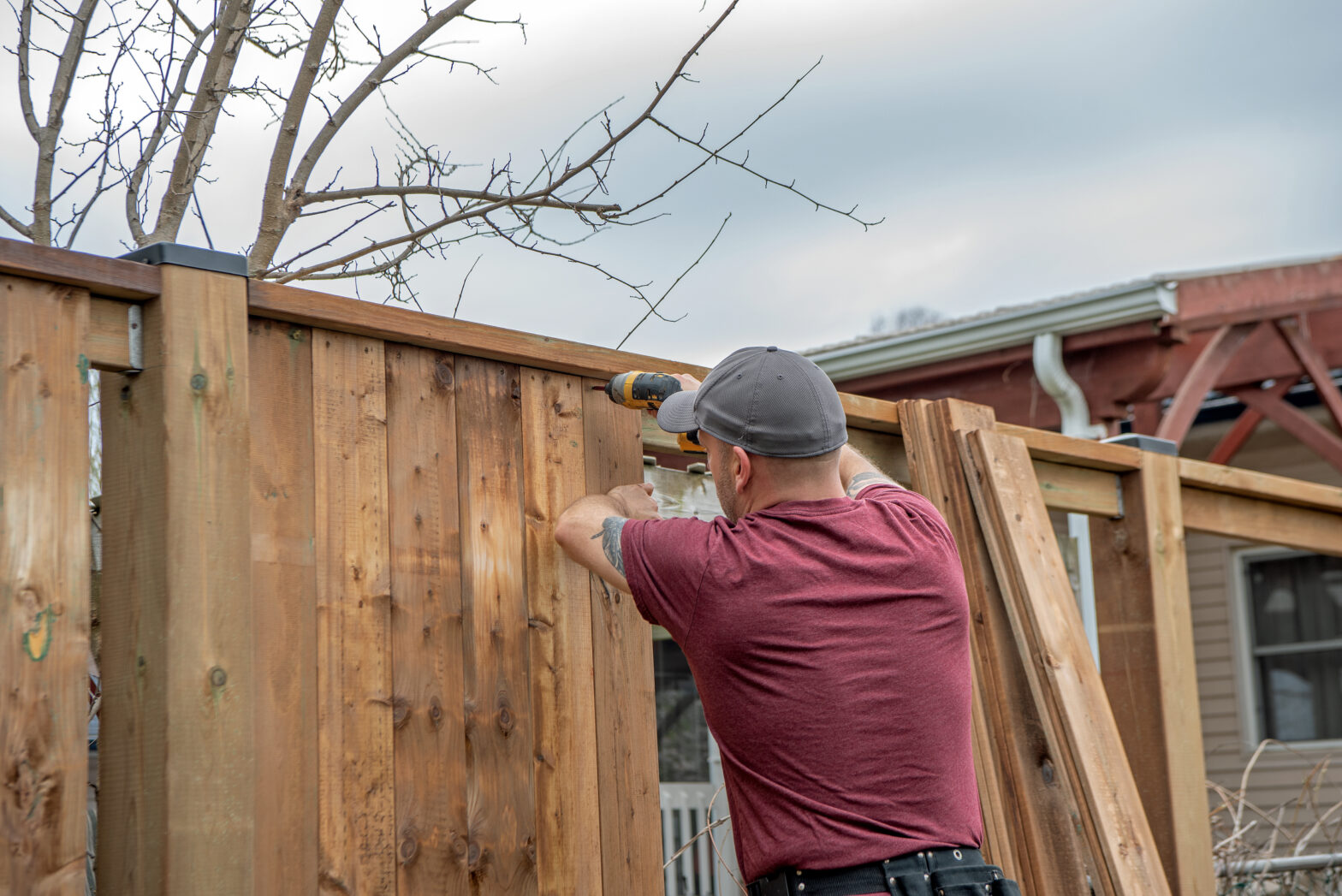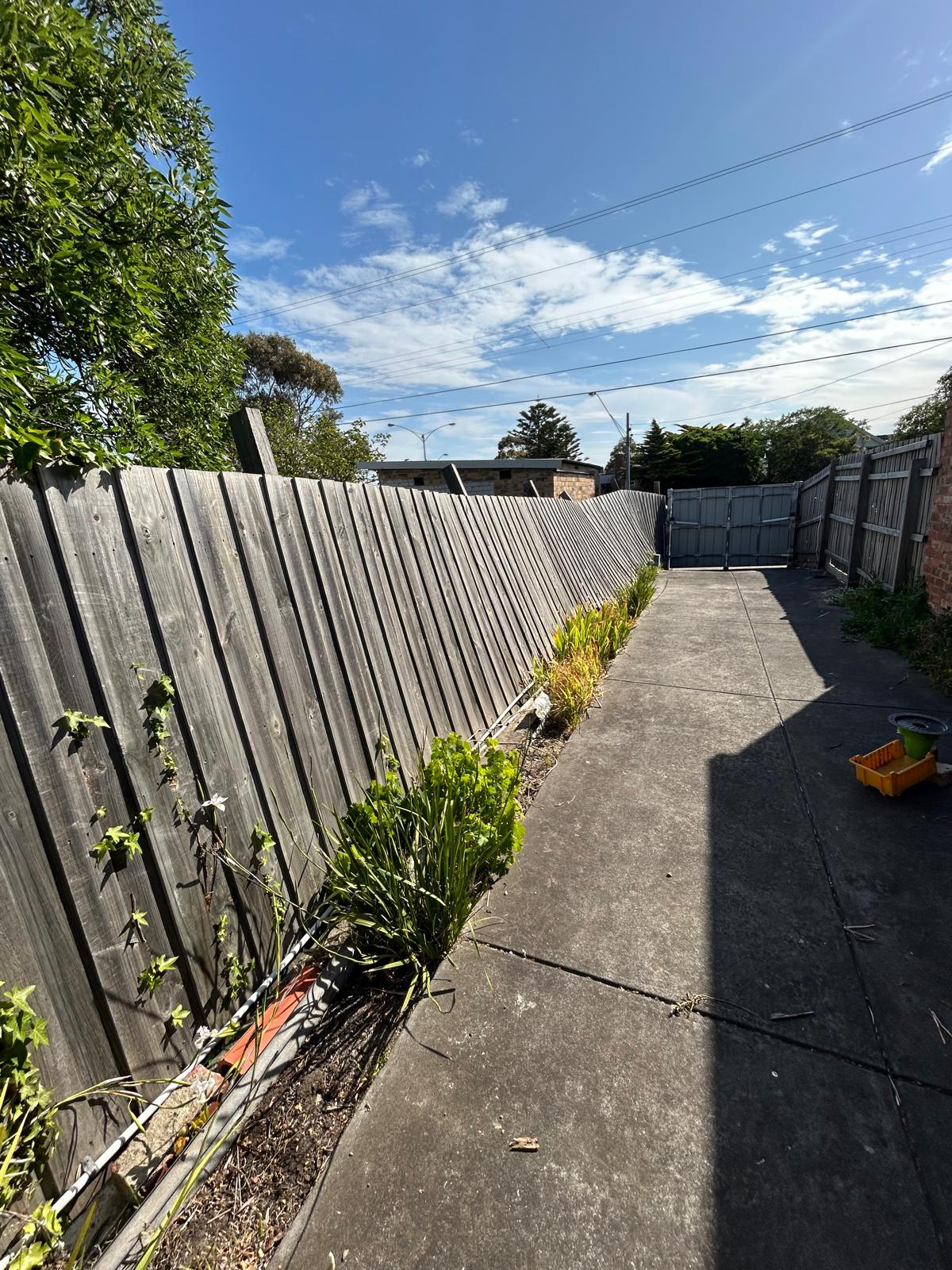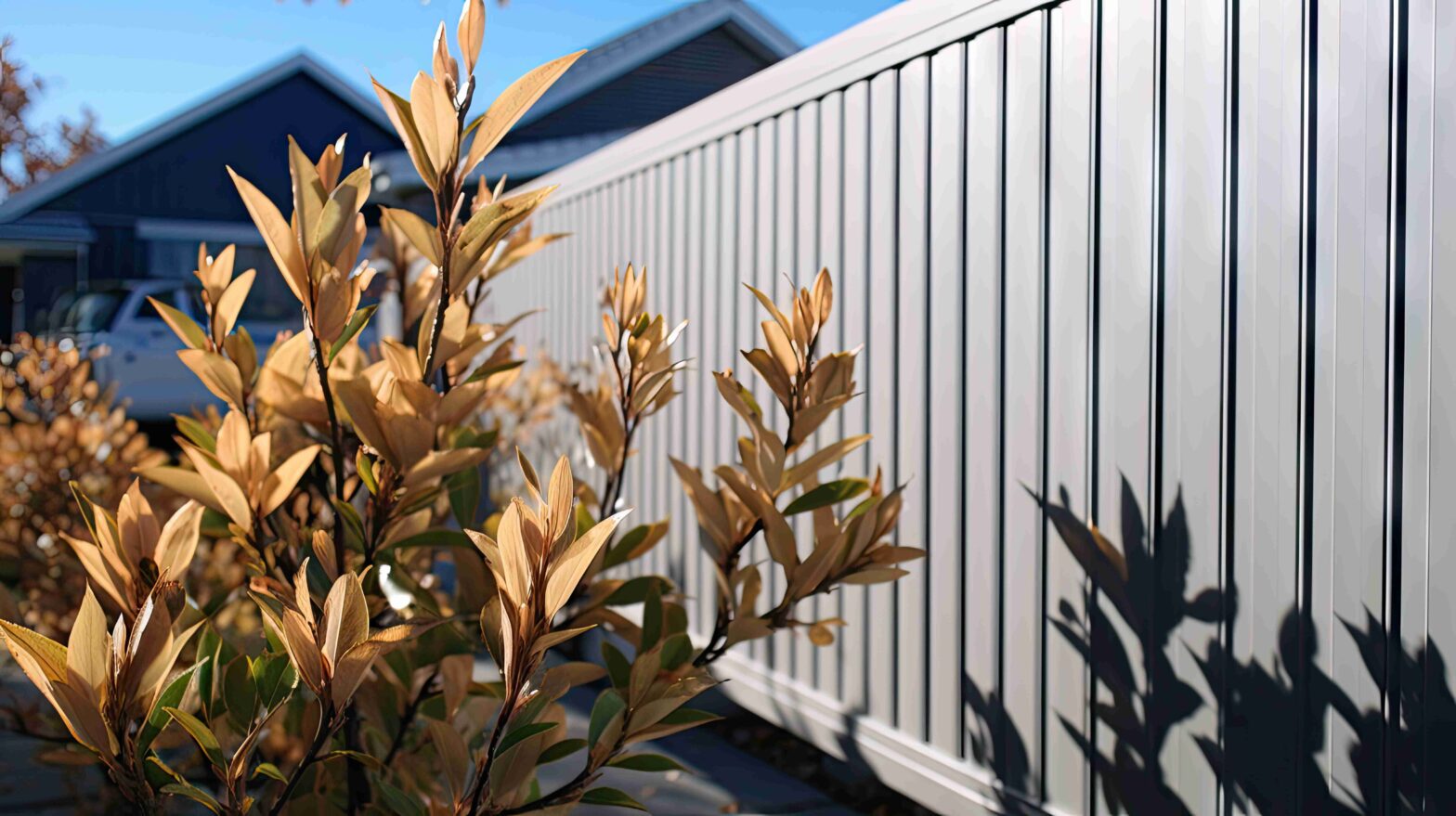How Much Does It Cost to Build a Fence in Australia?

Did you know there’s a law in Canberra that prohibits homes from erecting front fences? It was enacted in 1924, though enforcement has grown laxer over time, and homeowners get around this by growing hedges. Dividing and backyard picket fences, fortunately, are fair game.
There’s no such law in place in Melbourne, though councils and shires are free to enforce their rules regarding fencing. That said, if nothing’s preventing you from building, let’s say, a pine timber slat fence, it can be a great long-term investment. A treated pine fence keeps all that you love in and all that you hate (for lack of a better word) out – and in style, no less.
If you’re ready to have a wood fence or any fence type, let’s start by answering the most important question: “How much does one cost?” And while we’ve already discussed the average fencing costs of various fencing options in a previous post, we’ll take into account everything else here.
Comparing Prices of Common Fencing Materials
In case you need a refresher, here are the cost estimates of some fencing options. Take note that their actual prices or overall cost can differ based on several factors, namely your location and choice of fencing solutions, so it’s a good idea to ask for a quote to help you make informed decisions.
| Fencing Option | Price Per Linear Metre |
| Timber | AUD$100 – 130 |
| Picket | AUD$160 – $200 |
| Tubular Steel | AUD$300 – 1,500 |
| Wire | AUD$50 – 70 |
| Brushwood | AUD$130 – 270 |
| Aluminium | AUD$150 – 200 |
| COLORBOND® | AUD$100 – 120 |
The price of raw materials and the supply situation more or less dictate the fence cost. For example, as the country is currently in the midst of a timber shortage, you can expect timber fences to come at a premium. Meanwhile, steel production is on the rise, which can help bring down the prices of steel fence options.
Keeping an eye on the fence installation cost estimate and supply of raw materials can give you an idea of how much you’re expected to pay for a new fence. It also helps you understand why fencing contractors may charge this much for different fencing types and how to best proceed with your home improvement project.
Labour Costs
Installing a fence requires breaking a sweat and using a myriad of advanced fencing tools. As such, it’s only right for fencing services to charge a fee for using their equipment and expertise to the customer’s benefit.
How much a fencing service charges for labour depends on the service itself. For example, the fencing contractor rates may be included in the timber fencing costs, however some fence installers charge by the hour. Most people think they can save by erecting the fence themselves instead of hiring a professional fence builder, but this only makes sense if they have the right skills and tools. Otherwise, they risk paying more for fixes due to poor workmanship.
Industry experts also say that fencing contractor rates rise with the scope of the home improvement project. Replacing a rotting wooden picket on an old fence won’t require as much work as, say, replacing a whole fence. If you want to save on fencing contractor rates, a good way is to conduct the fencing project in phases spread over several weeks or months.
Property Gradient
A property’s gradient refers to the steepness of the land your house sits on. Fences need to sit on flat ground to remain steady, especially in heavy rainfall where erosion can threaten their stability. Flat or very-low gradient ground has little risk of the soil getting displaced, so fences there can be built on traditional concrete footings.
However, as the ground gets steeper, the footings can be easily swept away as soon as the soil erodes. Because of this, fences have to stand on a concrete or masonry retaining wall. This also applies if you want to fence a part of the property above ground level.
Of course, building a retaining wall demands more materials and time than individual timber post footings. It needs to be built according to code to prevent costly structural failure. In a way, your property’s gradient contributes to the higher costs.
Building Permit
According to the Victorian Building Authority, a building permit isn’t necessary for building, let’s say, a metal fencing whose height is no more than two metres, and no more than:
| 1.5 metres If the fence is within three metres of a road and isn’t built out of concrete or masonry. |
1.2 metres If the fence is within three metres of a road and is made out of concrete or masonry. |
1.0 metres If the fence is within nine metres of a corner block in an intersection, regardless of the material. |
However, some privacy fencing projects have heights that exceed these limits, so you’ll likely need to get one. The cost of filing a permit varies by which council or shire your home falls under. However, you can expect two things.
- The lodgement fee can be over AUD$100, depending on the local council or shire
- A levy for every dollar of the project’s value under AUD$10,000 (fencing projects rarely go over this, even when accounting for everything)
Fences enclosing swimming pools, personal spas, and outdoor play spaces are exempted from the building permit requirement. However, they still need to be built to code to ensure the safety of anyone using these areas.
A retaining wall that’s less than one metre in height also doesn’t need a building permit to be constructed. However, if it’s part of another work like fence installation, it’ll need one.
Carrying out any work that requires a permit without one, including fence installation, is punishable under Section 16 of the Building Act 1993. The penalty for individuals is up to 500 penalty units, equivalent to almost AUD$100,000 for this fiscal year (according to the Sentencing Advisory Council).
Long story short, testing the law never works for anyone. Better take the AUD$100-plus loss now than be fined up to a thousand times as much later for violating fencing regulations.
Gates
While not all fences require gates, those designed to grant access do. Your preferred fence type influences the type of gate that’ll go with it; if it’s a timber fence, a timber gate follows suit. Both fencing material and dimensions impact the average cost of a gate.
Keep up with the latest from Grays Fences & Gates
Subscribe to our blog and get latest news, inspiration, and resources delivered directly to your inbox.


